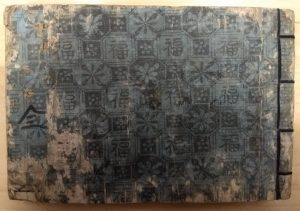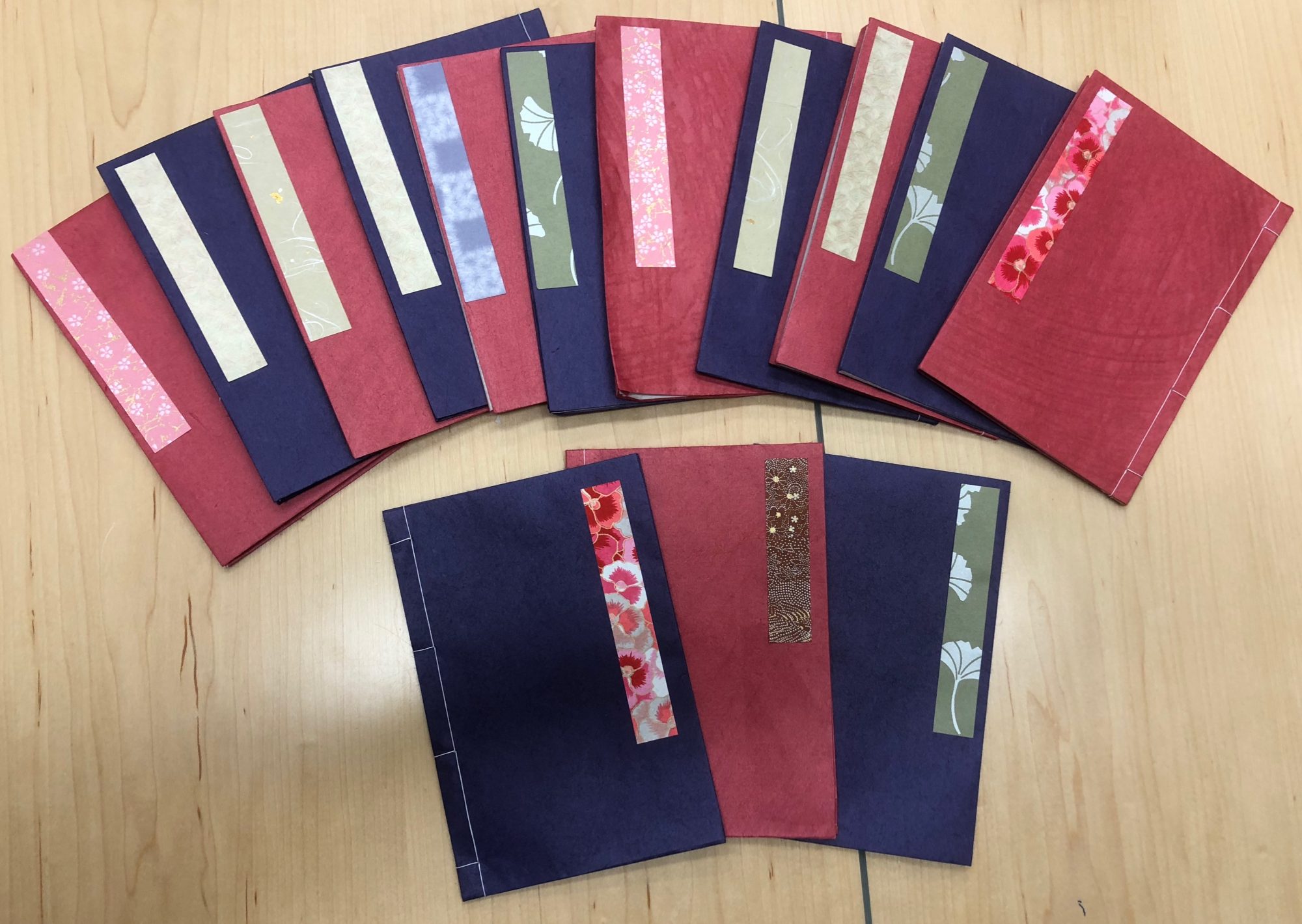Asano Naotaka and Ishida Gyōkuzan, “Kaiseki ryōri saiku hōchō”
1806




Writer: Asano Naotaka (Japanese, ?-?)
Artist: Ishida Gyōkuzan(Japanese, 1737-1808)
Title: Kaiseki ryōri saiku hōchō (会席料理細工庖丁)
Date: 1806 (Bunka 3)
Medium: Black-white woodblock printed book; ink on paper
Binding: Bag-binding(fukurotoji)
Publisher: Nakagawa Tōshiō; Kobayashi Rokubē; Tada Kanbē; Asano Yabē
City: Kyoto (Miyako) and Osaka
Esther B. Aresty Collection of Rare Books on the Culinary Arts (University of Pennsylvania)
Call Number: TX724.5.J3 A73 1806
This palm-sized cookbook records seasonal food materials and the proper way to cook them in the kaiseki style. The book is organized into four parts to match the four seasons. Writer Asano Naotaka further divides each seasonal grouping into six subcategories according to different foods, such as meat, seafood, soup, and dishes that go with wines, and by cooking methods such as grilling and braising. The book includes broths for summer and autumn, as well as the pickles enjoyed throughout the year. Five illustrations by Ishida Gyōkuzan are also included. One appears directly after the front page that depicts an array of fresh seasonal foods. Each of the other four illustrations follow each section, showing how warriors enjoy kaiseki cuisine in changing seasons.
What is unusual about this cookbook is its inclusion of dishes made from “barbarian” food materials like wild boar and venison. Most Edo cookbooks offered very limited choices of protein sources due to Buddhist prohibitions and traditional food culture. By contrast, this cookbook reveals revolutionary transformations in Japan’s foodways by including dishes made from animal flesh. Another astonishing feature about this book is how it captures the writer’s calligraphy style throughout; the carver has done a marvelous job replicating the strokes of the original calligraphy. It is only due to the slightly uneven distribution of ink–perhaps indicating that this is a later printing or of poor inking–that reveals that this book was produced through woodblock printing.
Other impressions
Dai Tōkyū Kinen Bunko, Tōkyō, Japan
Japanese Rare Book Collection, National Diet Library, Tōkyō, Japan
Kaga Bunko, Tōkyō Toristu Hibiya Library, Tōkyō, Japan
Kannarai Bunko, Mukyū Senmon Library, Tōkyō, Japan
Ōbashi Library, Tōkyō, Japan
Ryūkoku University (Kaē 3), Tōkyō, Japan
Setsutai Bunko, Keiō University, Tōkyō, Japan
Tōhoku University, Sendai, Japan.
Tōkyō University, Tōkyō, Japan
Tōkyō Kasei Gakuin University, Tōkyō, Japan
Selected Reading
- Masuma Kikuchi, “Kaiseki Ryōri Keishiki no Keisei to Henka 会席料理形式の形成と変化,” Kaiji Shoku Bunka Kenkyu (13) (2017), pp. 43-54.
- Rath, Eric. Food and Fantasy in Early Modern Japan. Berkeley, Los Angeles, London: University of California Press, 2010.
Posted by Yaoying Dai
April 8, 2018
